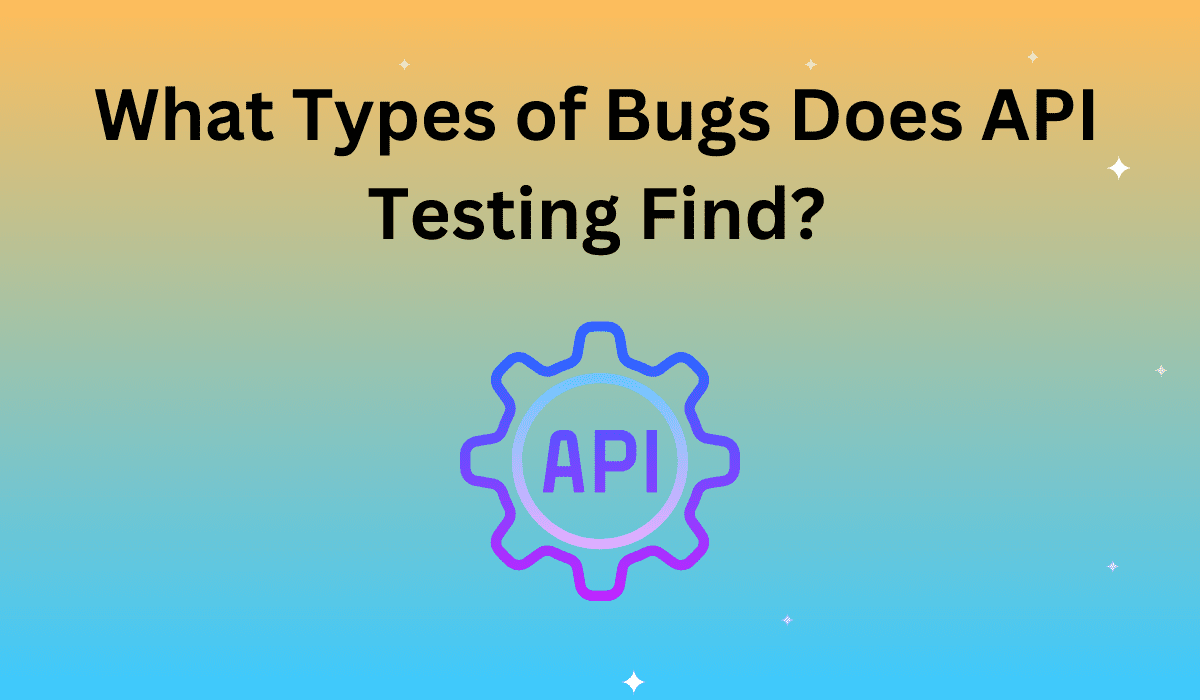API TESTING SERIES
Functionality Bugs: Does API Testing Work?
Before looking at how well the API performs, the tests need to determine if the API functions at all, and if it works as intended. This starts with checking basic functionally like creating and deleting data via API calls as appropriate. The tests also look for missing functionality bugs where the API calls for a feature that isn’t there.
Once the functionality is there, the API test criteria are used to vet actions to determine if arguments and actions are working correctly. For cases that aren’t working correctly, the testing focuses on handling errors and warnings accuracy. The tests also examine if the API is handling errors in a way that avoids unnecessary crashes. Finally the API tests examine if response data is correctly handled and formatted to specifications. This step checks if the REST or SOAP requests are valid, and if the returned JSON or XML data is properly formatted.
Reliability Bugs: Does API Testing Work Consistently?
Getting the API to work once is a good start, but the API needs to work every time. API testing helps identify bugs pertaining to integration across different systems. Just because one application and server are working with the API, this doesn’t mean different servers and other applications are experiencing the same reliability. Additionally, the tests help identify connectivity issues related to getting a response from the API.
Performance Bugs: Does API Testing Work Under Stress?
Security Bugs: Does API Testing Protect Data Exchanges?
Finally, API testing finds security-related bugs. API calls move data between endpoints which, if unprotected, could be intercepted and abused by hackers. Even if the data isn’t confidential, a business owes it to its customers to keep data exchanges private. The test examines if data being sent over HTTP is correctly encrypted.
If your company is looking to improve API performance and spend debugging time more efficiently, contact the API testing experts at Apica today.











